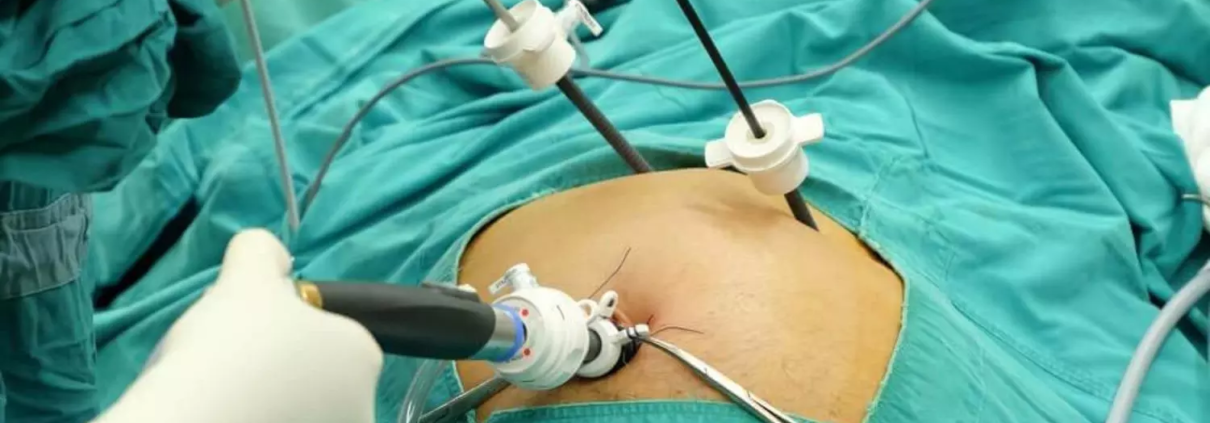Cholecystectomy Linked to Higher Risk of MASLD, Especially in Patients with Multiple Metabolic Risk Factors: Study

South Korea: A large population-based study from South Korea has revealed a significant association between cholecystectomy—the surgical removal of the gallbladder—and an elevated risk of developing metabolic dysfunction-associated steatotic liver disease (MASLD), particularly in individuals with multiple cardiometabolic risk factors.
The research, conducted by Dr. Hyuk Soo Eun and colleagues from the Department of Internal Medicine at Chungnam National University School of Medicine, has been published in Scientific Reports.
The investigators analyzed data from over 660,000 participants enrolled in the Korean National Health Insurance Service-National Sample Cohort between 2009 and 2019. Among them, 4,664 individuals who had undergone cholecystectomy were matched with controls based on age, sex, and other parameters. The presence of MASLD was determined using the fatty liver index (FLI), a validated non-invasive tool for assessing liver fat accumulation.
The study found the following:
- Individuals who had undergone cholecystectomy faced a 1.48 times higher risk of developing MASLD compared to those who had not undergone the procedure.
- The risk of MASLD significantly increased in individuals with three or more cardiometabolic risk factors.
- These risk factors included obesity or high waist circumference, elevated fasting glucose or diabetes, hypertension, high triglyceride levels, and low HDL cholesterol.
- In individuals with three or more such risk factors, the risk of MASLD rose more than fivefold (adjusted hazard ratio: 5.26).
- In contrast, those with fewer than three cardiometabolic risk factors had only a modest increase in MASLD risk (1.22-fold).
These findings emphasize the role of underlying metabolic health in determining post-cholecystectomy outcomes. According to the researchers, preoperative evaluation of cardiometabolic risk profiles is crucial in patients scheduled for gallbladder removal. The study recommends that individuals with multiple risk factors undergo careful assessment and be counseled on their elevated risk of developing MASLD after surgery.
While the study’s results are robust due to its large sample size and stratified risk analysis, the authors acknowledge certain limitations. MASLD was diagnosed using the fatty liver index rather than liver biopsy, which remains the gold standard. However, given the impracticality of performing liver biopsies or MRI scans in large-scale cohorts, the FLI was deemed a suitable and validated alternative.
The study also highlights the potential for residual confounding despite statistical adjustments, as well as limited generalizability beyond South Korea due to the ethnically homogenous population studied. Moreover, patients who underwent cholecystectomy may have received more frequent follow-up care, introducing a degree of surveillance bias.
“Our findings add to the growing body of evidence linking cholecystectomy to adverse metabolic outcomes. The risk of MASLD is particularly elevated in patients with multiple cardiometabolic risk factors, highlighting the importance of proactive risk assessment and management before and after gallbladder surgery. Clinicians should closely monitor liver health in these individuals and implement aggressive strategies to control metabolic risk factors postoperatively,” stated Dr. Hyuk Soo Eun and colleagues.
Reference:
Jeon, H. J., Eun, H. S., Rou, W. S., Kim, S. H., Lee, B. S., & Ahn, S. (2025). Association between cholecystectomy and the risk of new-onset metabolic dysfunction-associated steatotic liver disease: A risk-stratified cohort study. Scientific Reports, 15(1), 1-12. https://doi.org/10.1038/s41598-025-13556-5



